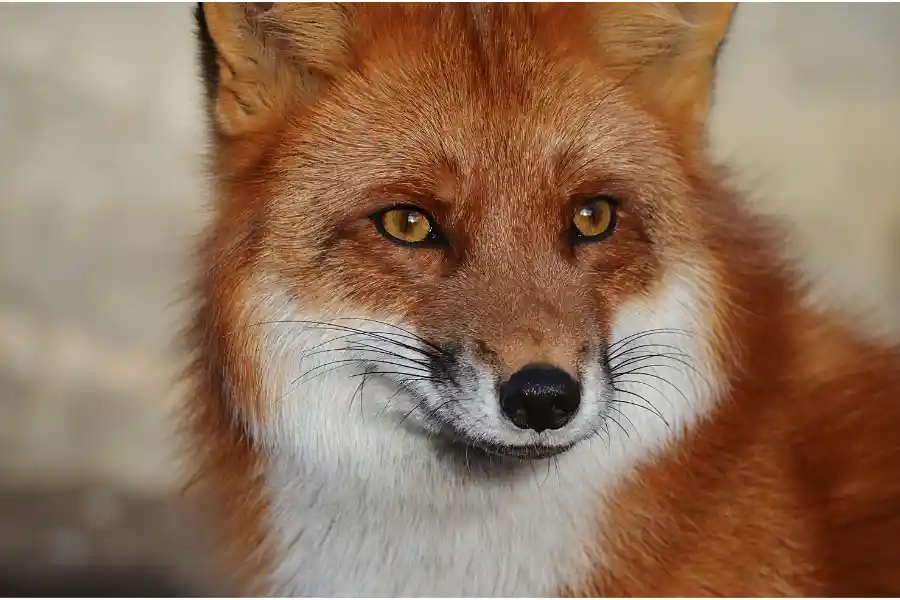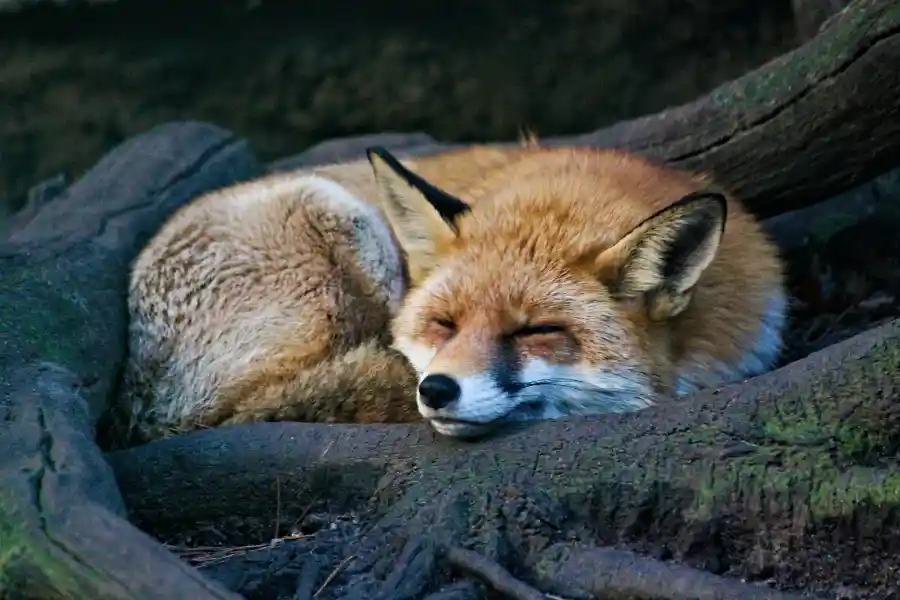Cute animals are popular on the internet, and in 2024, the cute:vckxjxf4zh0= fox became increasingly popular thanks to its large ears and lively demeanor. Our guide, “All that You Should Know About Cute Foxes in 2024,” delves into the reasons behind these lovable animals’ unique traits.
You’ll discover more about their habitats, habits, and concerns. Whether interested in foxes or just curious, learn fun facts, bust myths, and find moral ways to love these amazing animals.
Get ready for a cute:vckxjxf4zh0= fox, and see why these foxes are so enchanting!
What is cute:vckxjxf4zh0= fox?
The term “cute:vckxjxf4zh0= fox” is a unique tag used in blogs to describe cute foxes, such as the Fennec, Red, and Arctic foxes. These foxes are adored for their unique look and lively nature. Due to its big ears and tiny build, the Fennec fox is often seen as the “cutest.” Foxes benefit the ecosystem by scattering seeds and managing rodent populations. This tag highlights their charm and essential role in nature.
Origin of cute:vckxjxf4zh0= fox
The term “cute:vckxjxf4zh0= fox” appears to be a unique tag used in specific blogs to categorize content about cute foxes, especially the Fennec fox, known for its adorable features. The string “vckxjxf4zh0=” is an internal code used to identify the topic (Fennec fox) during content creation, intended to be removed later, or a random placeholder used while planning the content. This tag helps organize and highlight articles about foxes, showcasing their charm and ecological importance.
Fox Species and Breeds

Superb beings, foxes have distinct features among multiple species. The Red Fox is a flexible animal with reddish-purple fur that may be found all over the world. The Arctic Fox, living in cold Arctic regions, has a thick white coat and sometimes a blue-grey variation. The Fennec Fox, from the Sahara Desert, is the smallest fox with large ears to keep cool. The Gray Fox, native to North America, can climb trees and has grey fur. The Kit Fox, living in the deserts of the USA and Mexico, also has large ears to stay calm.
The Bat-eared Fox in Africa has vast ears for hearing insects underground. The Crab-eating Fox in South America loves crabs and has a bushy tail. The Swift Fox, from the North American prairies, is small and fast. The Corsac Fox from Central Asia is nomadic and eats mostly meat. Each fox species has particular adaptations to survive in its habitats, making it exciting and loved by many people.
Behavior and Lifestyle of Fennec Fox
The Fennec Fox, known for its big ears and playful nature, lives in the desert and has many unique traits to survive. These small foxes are active at night to avoid the hot daytime sun and stay cool by spending the day in burrows they dig. Their large ears help them get rid of extra body heat.
Fennec foxes live in family groups and sometimes work together to hunt and teach their young. They eat various foods, including insects, small animals, birds, and plants, providing most of their needed water. Their great hearing helps them find food hidden underground, making them well-suited for the harsh desert environment.
How to Help cute:vckxjxf4zh0= fox

Fennec foxes, cute animals from the desert, need our help. You can support them by donating to wildlife groups, volunteering, and raising awareness about their needs. Use less plastic, recycle, and buy eco-friendly products to protect their home. Don’t keep them as pets; seeing them in the wild or at sanctuaries is better. Report any sightings to local wildlife organizations and help with research. Protect their habitats by joining clean-up events and supporting laws that save their homes. cute:vckxjxf4zh0= fox are active at night, live in family groups, stay calm in burrows, and get water from their food, which includes insects and small animals.
Fun Facts and Myths
Fun Facts
Big Ears: Their large ears cool them down by dissipating heat.
Expert Diggers: They dig burrows up to 32 feet long for daytime shelter.
Vocal Communicators: They use barks, yaps, yips, and screams to communicate.
Water Savvy: They get most of their water from food, like insects and plants.
High Jumpers: They can jump up to 4 feet high despite their small size.
Small Size: Weigh only 2-3 pounds, making them the smallest fox species.
Social Creatures: Live in small family groups.
Efficient Hunters: Use keen hearing to find prey underground.
Long Lifespan: Live up to 10 years in the wild and 14 years in captivity.
Myths
Great Pets: They are wild animals with specific needs, not suitable as pets.
No Predators: They are preyed upon by eagles, owls, and larger foxes.
Always Desert Dwellers: They may have originated in temperate regions.
Solitary Animals: They are social and live in family groups.
Completely Carnivorous: They eat both animals and plants.
Dangerous Creatures: They are shy and avoid humans.
By learning these facts and myths, we can better appreciate and protect these fascinating creatures.
FAQs
What is cute:vckxjxf4zh0= fox?
“cute:vckxjxf4zh0= fox” refers to the Fennec fox, known for its adorable features and large ears.
Where do Fennec foxes live?
Fennec foxes have adapted to their environment by living in the harsh, arid deserts of North Africa and the Sahara.
What do Fennec foxes eat?
Fennec foxes are omnivores, eating insects, small animals, fruits, roots, and leaves.
Can Fennec foxes be kept as pets?
Most people shouldn’t own Fennec foxes as pets, despite their cuteness, as they are reptiles with limitations.
How do Fennec foxes survive in the desert?
Fennec foxes use their big ears to release heat, live in vast burrows, and are animals that sleep and retain water through their food.
Conclusion
Fennec foxes, known as “cute:vckxjxf4zh0= fox,” are adorable desert dwellers with big ears and playful nature. They live in holes, are at night, and obtain their water from food to survive. They are lovely, but not cute enough to keep as pets. Understanding their role helps us appreciate their importance. Supporting conservation and eco-friendly practices can protect these fascinating creatures.
If you want to learn more, visit our blog, diagonaux.com.

Hi there! I’m Admin and writer at Diagonaux.com, with over 30 years of experience. I love playing with words, whether it’s covering news, diving into business topics, or creating beautiful poems and stories. Making complex things easy to understand is my superpower. Join me on this writing journey, where I bring words to life in various exciting ways!





Leave a Reply